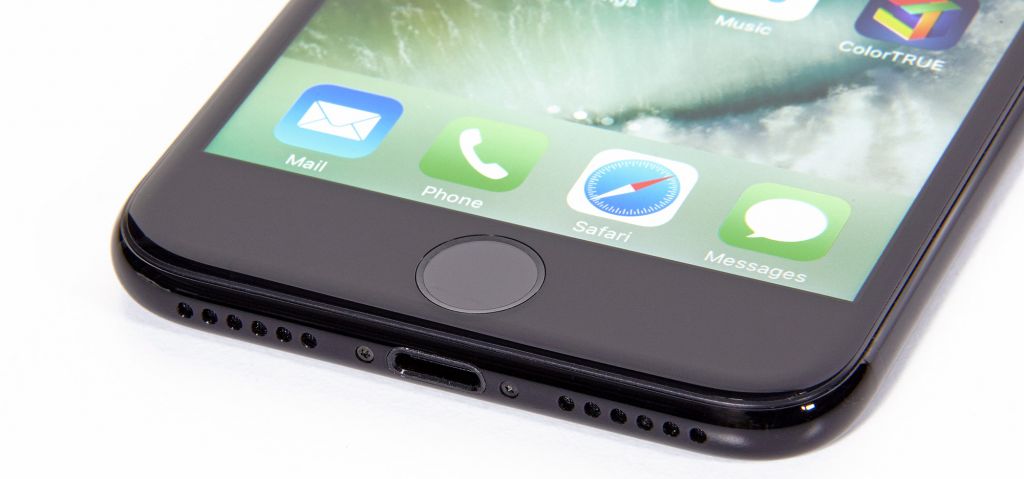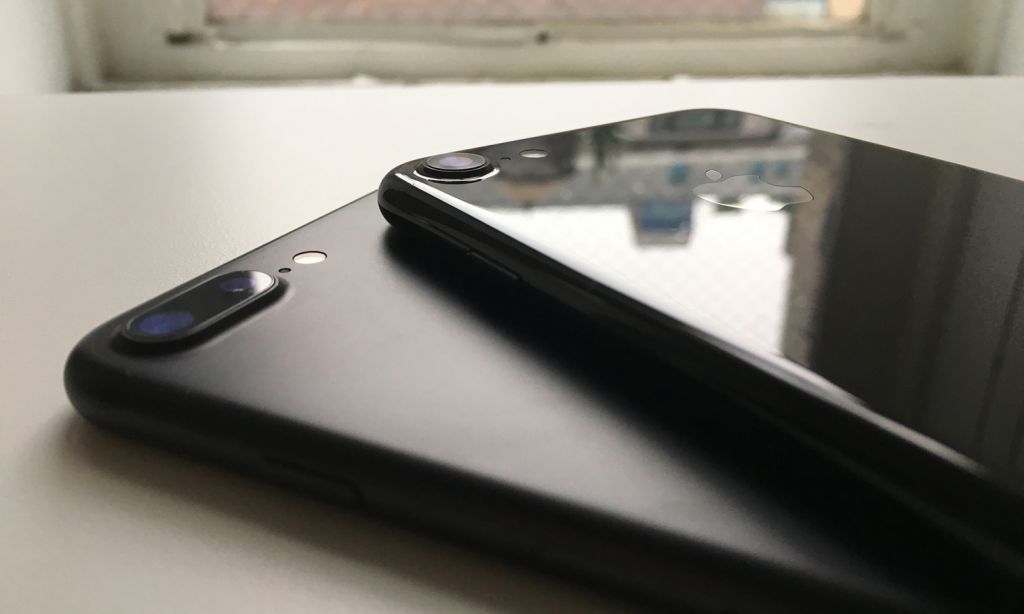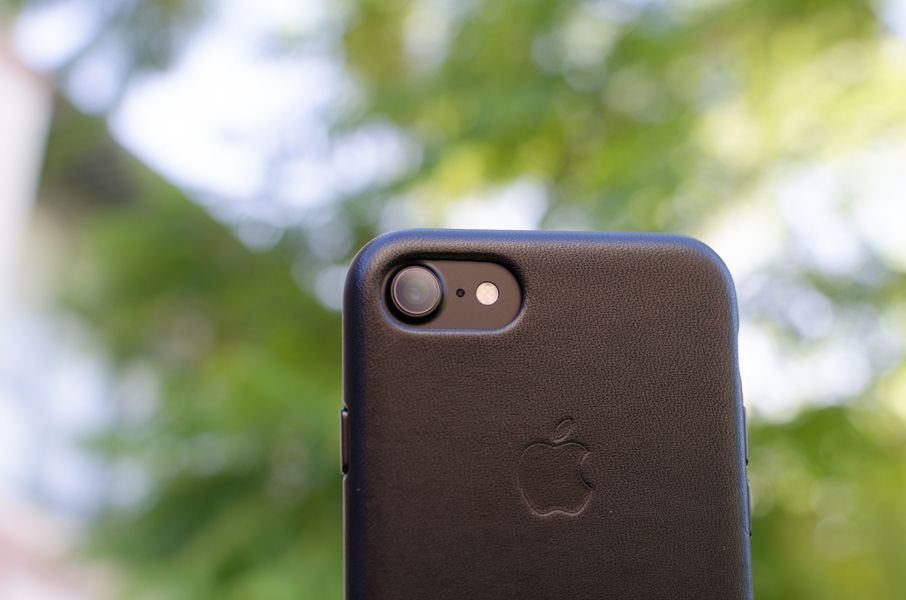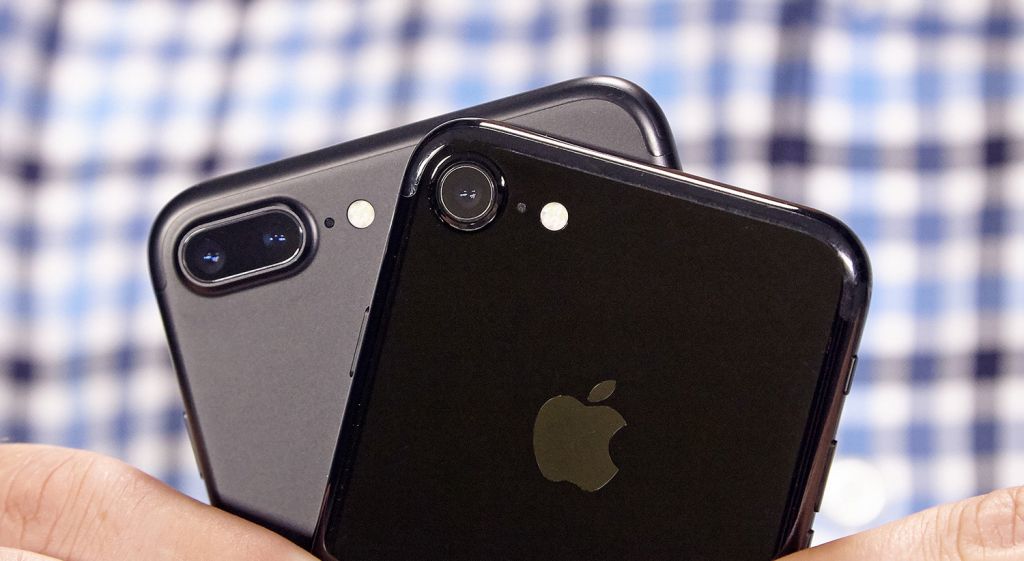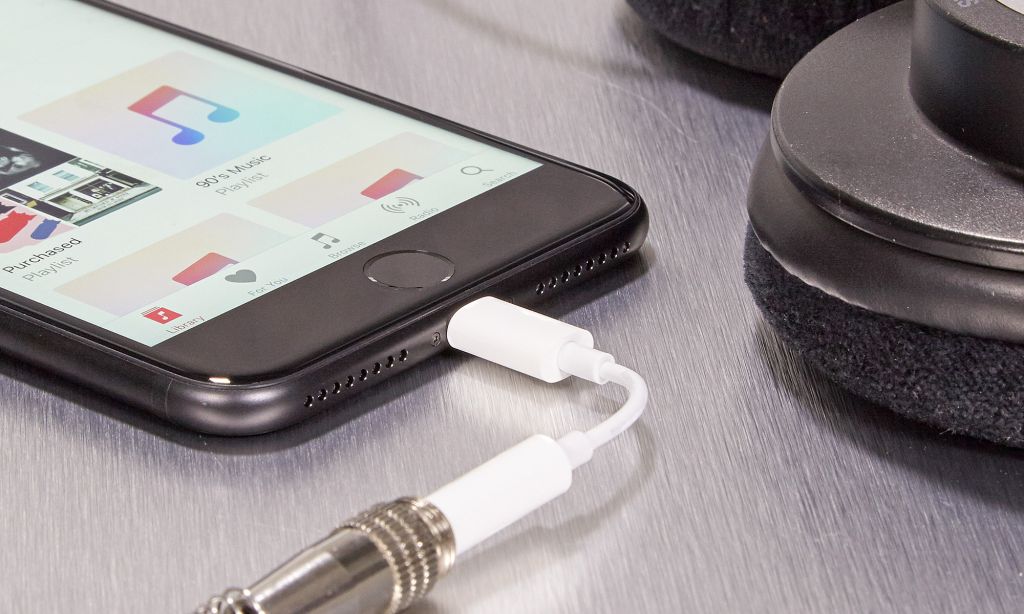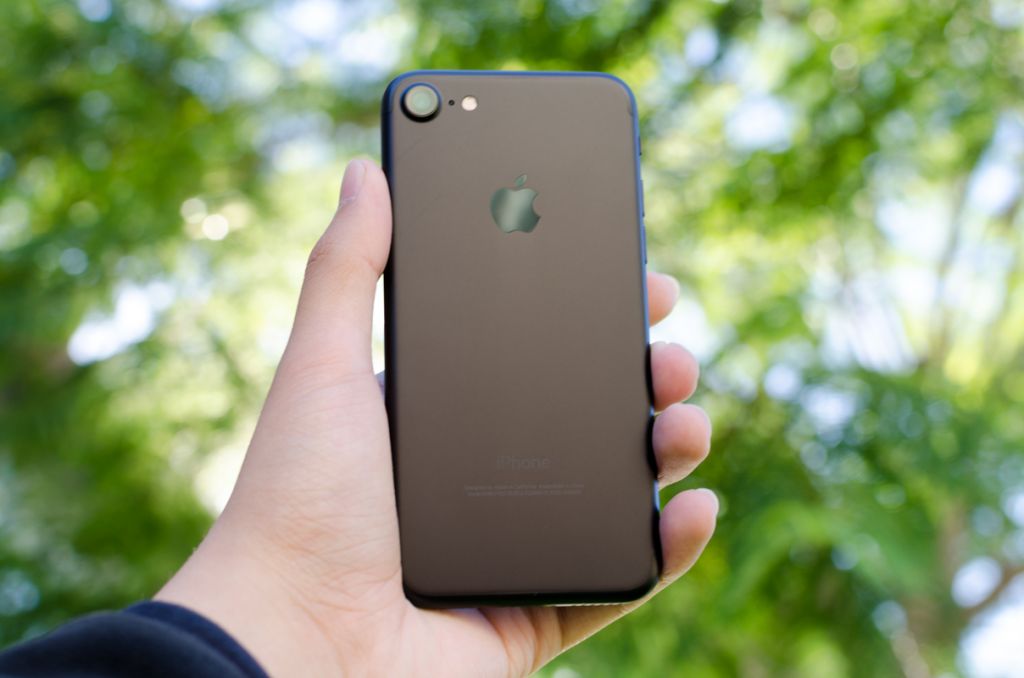Editor’s Note: This product has been removed from our side-by-side comparison because it has been discontinued. You can still read our original review below, but Top Ten Reviews is no longer updating this product’s information.
It has a spectacular processor, a stunning camera, a great operating system and much-improved battery life. It rightfully earns our accolades.
It’s also a tad disappointing. Everything Apple gets right with the iPhone 7, it manages out of habit – it’s what we’ve come to expect year after year from the world’s premier computing company. What the smartphone gets wrong is often more noticeable, and you can’t help but spot design choices that sacrifice accessibility on the altar of progress.
Is the iPhone 7 incredible? For sure. It’s well worth your money, especially if you’ve ever been an Apple fan and love the idea of bucking trends. But it’s not as effortlessly usable as the iPhones that came before, and that sets a startling precedent for the future.

Onstage at Apple’s annual Special Event in early September, the company revealed a new color option for the iPhone 7: jet black. Dark as a grand piano and polished to a gleaming shine, the new color scheme is intensely elegant and demands attention. It also scratches like a furious kitten and picks up fingerprints faster than a detective, and Apple knows it: There are disclaimers on its site pointing it out. If you buy a jet black iPhone 7, you almost assuredly want to keep it in a case. But what’s the point of getting the fancy coating if you can’t look at it and appreciate it?
That choice, elegance versus usability, permeates every aspect of the iPhone 7’s design. The home button is a great example: No longer a button, Apple switched out moving parts for a capacitive pad and the company’s Taptic Engine, a magnetic vibrator that can give the illusion of a click – though now it feels like the entire chin of the phone is clicking, rather than just the home button. The change keeps the phone water- and dust-resistant and minimizes moving parts that have the tendency to break. It’s a cool and futuristic approach to a button, but it’s still not a button, and your mind kind of knows it. It’s not as instantly understandable or actionable. Is it functional? Certainly. An elegant design? For sure. But definitely not as usable.
The missing headphone jack is another example. No, the iPhone 7 does not have a standard 3.5mm headphone jack. Apple removed it, citing the space they could save and repurpose to other needs – a better camera, a bigger battery and so forth. Instead, the company is pushing for wireless headphones or wired ones that can plug in using Apple’s proprietary Lightning connector, the same port you use to charge the phone.
Innumerable words have been written bemoaning the loss of the headphone jack, while others say “good riddance,” wanting to be done with antiquated technology. I’d be fine with the absence if it didn’t impact usability, but it does: In order to listen to music and charge my phone at the same time, I have to either buy wireless headphones – which are expensive, have to be recharged separately and suffer from Bluetooth’s audio compression – or get a third-party dongle. Apple only sells an adapter that lets you plug 3.5mm headphones into the charging port; it doesn’t have an additional charge element.
Let’s be clear, a phone without a headphone jack is undeniably forward-thinking. Wireless headphones are getting better, and cords are obnoxious. But right now it’s nowhere near as effortless at the corded solution.
Even the phone’s size and shape point more to elegance than usability. There’s a lot of history to the layout of the iPhone’s front, with its large bezels above and below the screen, but there’s also a lot of wasted space. Most modern flagships minimize their bezels as much as possible. The Galaxy Note5, despite its huge 5.7-inch screen, feels barely bigger than the iPhone 7 with its relatively small 4.7-inch display, because of how much Samsung has shrunk the bezels. A bigger screen in a smaller form-factor is simply more usable, but Apple hasn’t made that move.
There’s a similar issue with the iPhone 7’s screen resolution. Apple hasn’t upgraded the pixel density of the screen in years, continuing to stick with its 1334 x 750 display. That calculates out to 326 pixels per inch (ppi). This isn’t a problem in most circumstances –nobody can tell the difference between displays above about 300 ppi anyway, and the iPhone 7’s wide color gamut makes for breathtaking visuals, especially when viewing photos you’ve taken with its camera. But that lower pixel density means you can’t use your iPhone with a 3D viewer like Google Cardboard; for VR, the screen isn’t crisp enough. Today, that’s not a problem. Tomorrow, it might be.
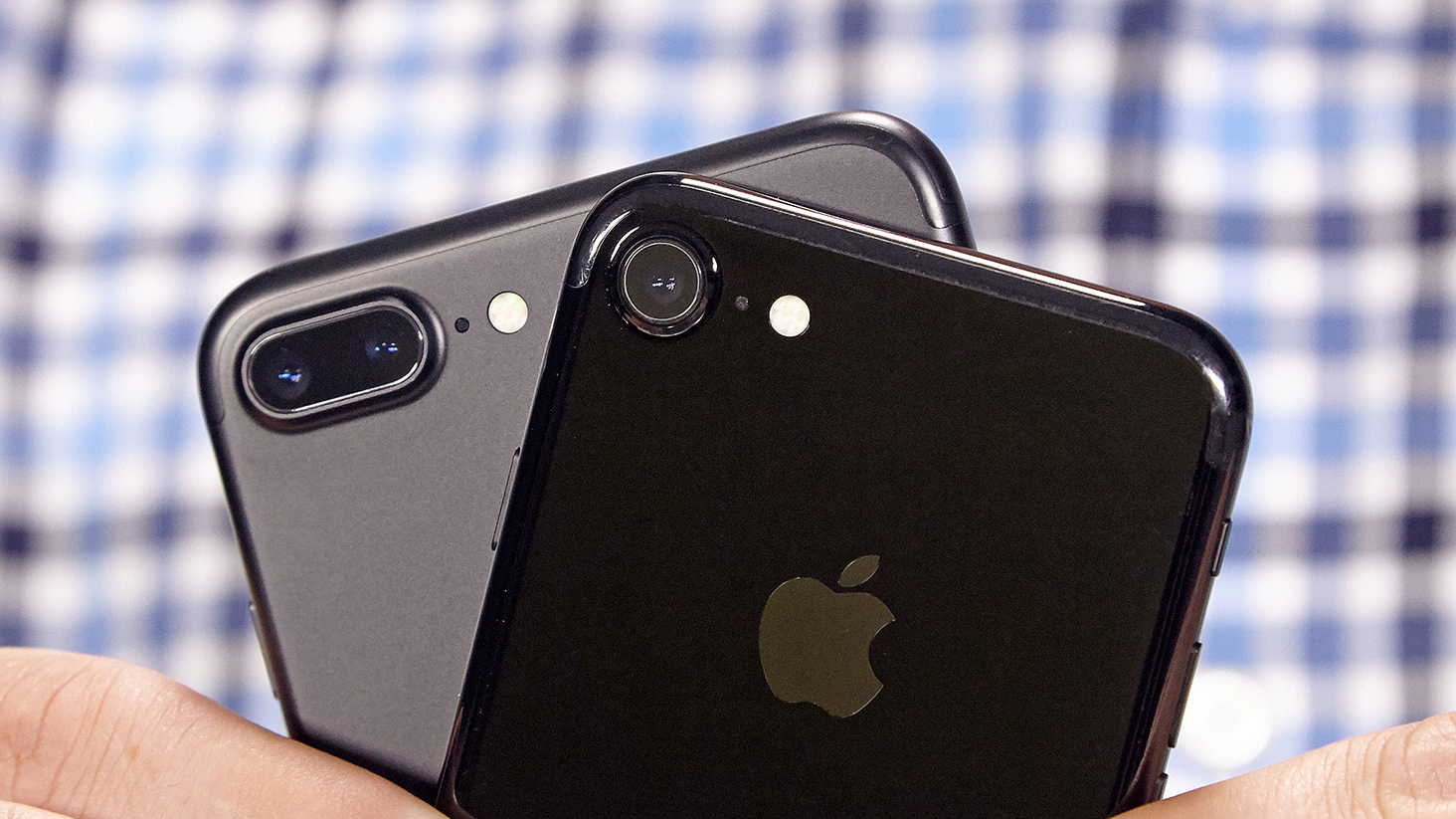
Whatever reservations you might have about the iPhone 7’s design, they fade away when you fire up its camera. It is positively superb.
Phil Schiller, one of Apple’s VPs and a perennial presence on stage at the company’s announcement events, gushes every year about how the iPhone is the best camera most people own. It’s a bold and very true claim – most of us don’t own dedicated cameras and probably couldn’t use them very well if we did. But we take our iPhones with us everywhere; we photograph every aspect of our lives.
In the iPhone 7, Apple’s upped its game again, introducing optical image stabilization (it was previously restricted to Plus models) and doubling down on the quality of its digital image processing – the behind-the-scenes interpolation the phone does whenever you take a picture to make sure the results are always as realistic as possible.
By the numbers the iPhone 7’s camera is no more impressive than any other flagship. It has a 12-megapixel sensor and an f/1.8 aperture. That’s plenty big and very wide, but it doesn’t beat the Samsung Galaxy phones. No, it’s the digital image processing that sets the iPhone 7’s images apart. Sharp, free of artifacts, colored beautifully, effective in low light – when you want a camera that just works, you pull out an iPhone and shoot away.
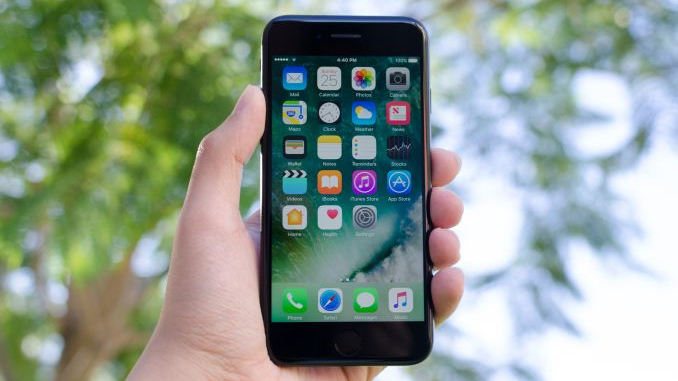
We test a lot of smartphones here at Top Ten Reviews. I run each phone we get through a huge battery of synthetic and real-world tests, gathering an average of about 400 individual data points per phone through over 60 benchmark runs. But every year I’m most excited about testing the latest iPhone because I know that it will always, always blow away the competition.
The wait was worth it this year because the iPhone 7 did indeed make waves; it’s unquestionably the fastest phone we’ve ever tested, breaking 5,500 in Geekbench 4 and managing over 37,800 in 3DMark’s Ice Storm Unlimited test. These are insane numbers, and they owe their size to the new Apple A10 Fusion chip.
The A10 Fusion is a highly optimized phone processor. Like most modern mobile chips, it’s a quad-core processor, but the difference is in how Apple has distinguished those cores. Two of the cores are high-intensity for extreme gaming or other heavy operations, while the other two are for more mundane tasks like checking your email or watching a video on YouTube. Those lesser cores aren’t as fast, but they consume far less power, and the phone intelligently switches between the faster and slower cores depending on what you’re doing. Think of it as built-in power saving at the most basic levels of the device.
The phone’s 2GB of RAM, working in conjunction with iOS 10’s optimizations, are more than enough to keep things snappy. You’ll also find a sizable increase in internal storage. Basic iPhone 7 models start at 32GB, but they jump up to 128GB at the next storage tier and top out at 256GB. This is the first phone we’ve tested with a 256GB variant, and we’re a bit surprised it took companies this long to start offering up that much storage. Granted, most Android phones have SD card support, something the iPhone has never had. Without external storage, there’s no expanding if you run out of room, so keep an eye on your downloads and consider springing for at least the 128GB model.
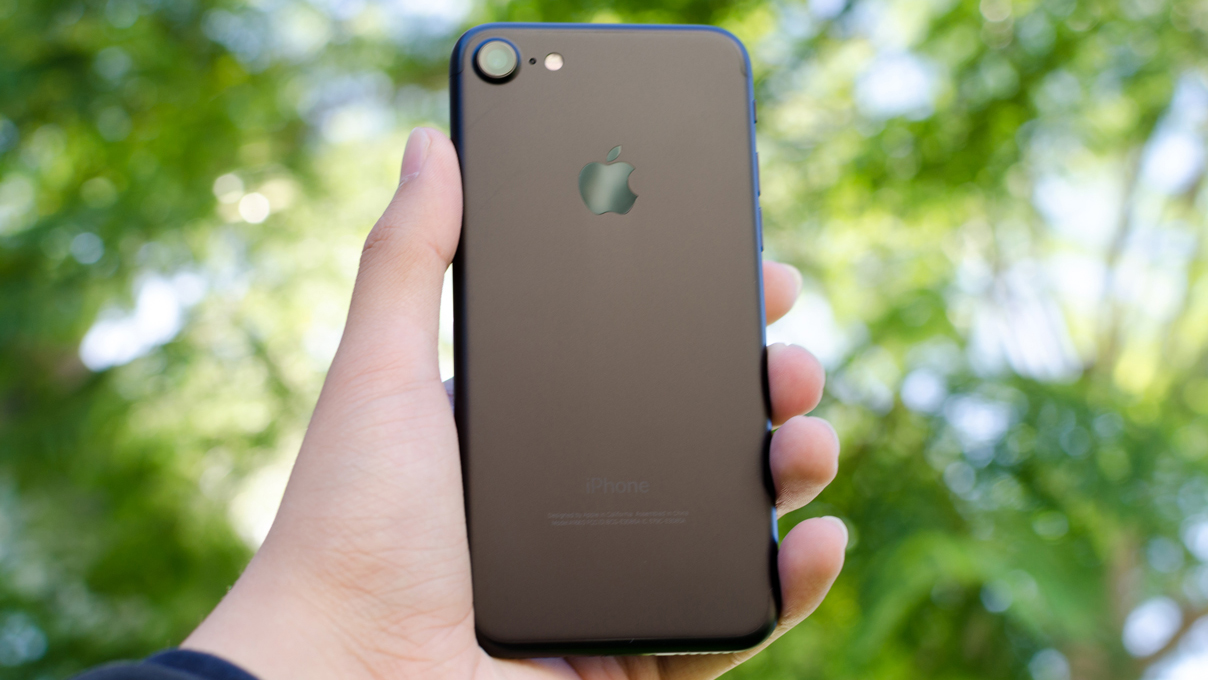
While Apple hasn’t brought rapid charging to the iPhone 7 or partnered with Qi to let you recharge wirelessly, the company has been working to increase overall battery life. Two primary improvements make the iPhone 7 the longest-lasting iPhone ever: a larger physical battery cell and optimized processor cores.
According to Apple, the larger battery cell is feasible because of the removal of the headphone jack. When it comes to portable batteries, more space always means longer life, and with the removal of the 3.5mm jack and some rearranging of components inside the phone, Apple was able to move up from a 1715 mAh cell in the iPhone 6s to a 1960 mAh cell in the iPhone 7. That might not match the 3000 mAh batteries you can find in competing phablets, but it’s a sizable jump in its own right.
The other change is the new Apple A10 Fusion processor, which flips back and forth between high-intensity cores and power-saving cores on the fly, depending on how you’re currently using the phone. This lets the device save battery life passively by using more efficient silicon whenever it can, though you can turn around and pump out the power when you fire up a game or start editing photos.
The iPhone 7 made it nine hours three minutes in our web browsing battery test. By comparison, the iPhone 6s made it just six hours 46 minutes. Of course, phablets like the Galaxy Note7 still take the win, but for a non-big-screen phone, the iPhone 7’s battery really lasts.
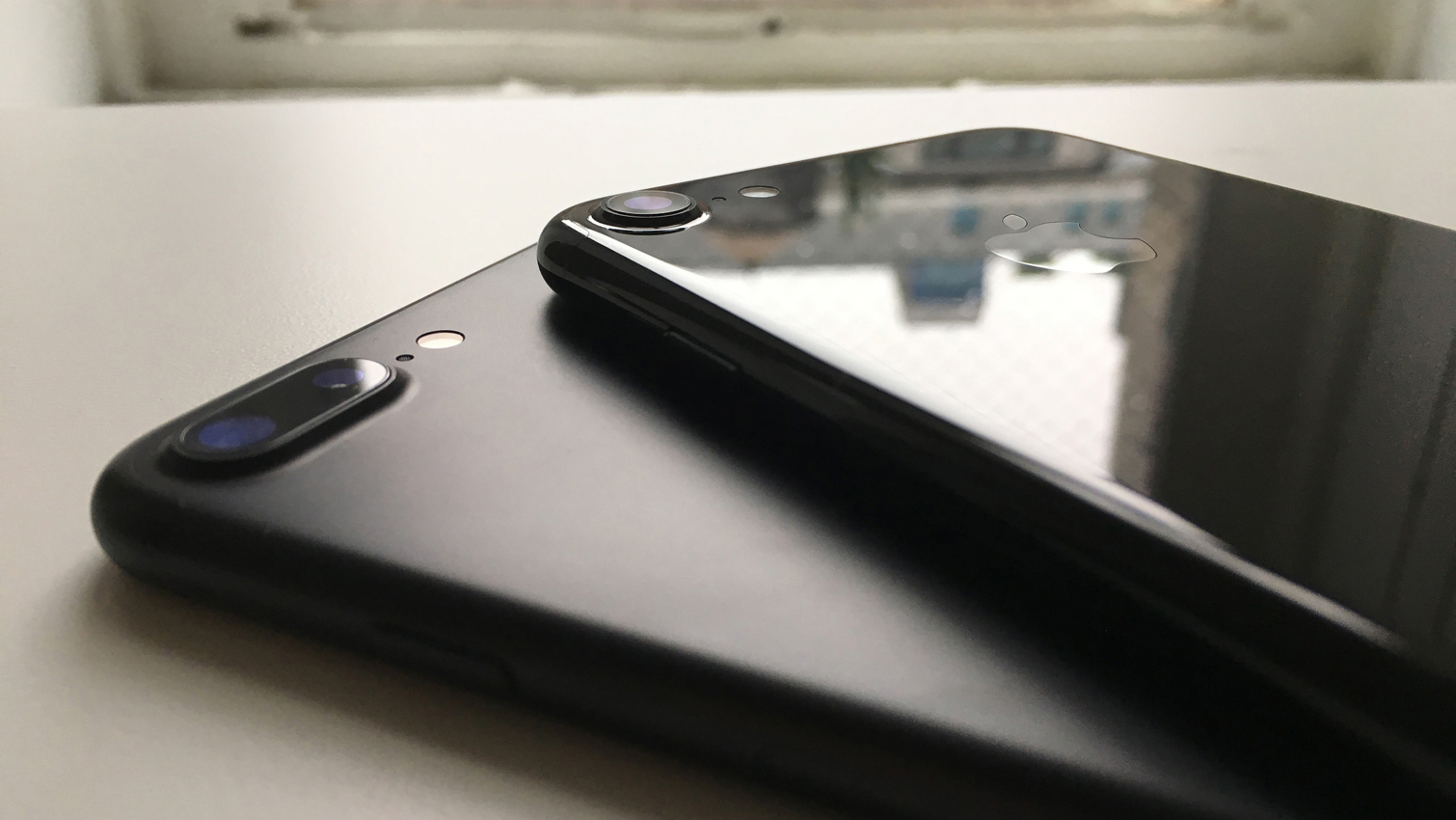
If you’re about to buy a brand-new flagship phone, then you care about what it feels like to own one. You care about the day-to-day experience.
That’s why the iPhone 7 is such a polarizing device, more so than any iPhone that preceded it. Yes, there will always be Mac cultists who have to have the latest iPhone. There will always be Android purists who shun everything Apple. But in the middle are the rest of us, those smartphone buyers who want the best user experience we can afford. The iPhone 7 is, by and large, that top-tier experience, which is why we’ve elevated it in our smartphone rankings and recommend it for most people. There’s no better camera or faster processor in the world right now, and its much-extended battery life is an absolute lifesaver.
But it’s far from perfect, and those imperfections are more crystalized in the iPhone 7 than in any of its predecessors. You’re going to notice that odd buzz-click from the Taptic Engine whenever you press the home button. You’re going to miss the absent headphone jack. You’re going to scratch up your jet black finish and get frustrated at just how easily it scuffs, no matter how hard you try to keep it pristine.
Are these deal-breakers? Not at all. But a perfect phone wouldn’t make you accept them in the first place. For better or worse, when we look to Apple, we expect perfection.
Contributing Reviewer: Jeph Preece

